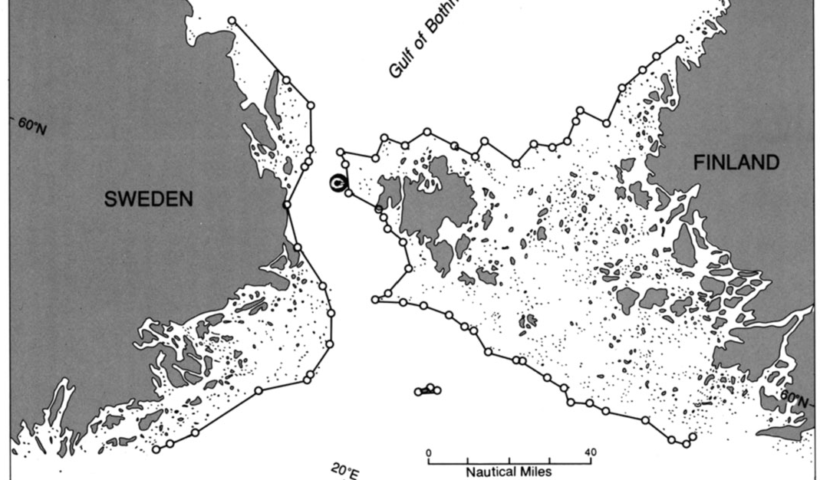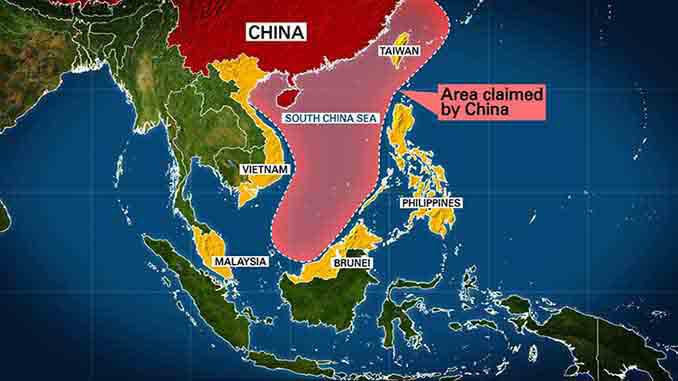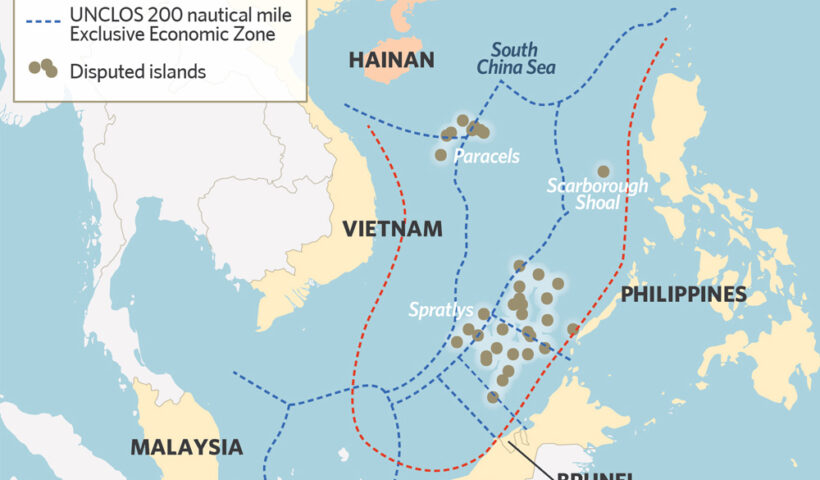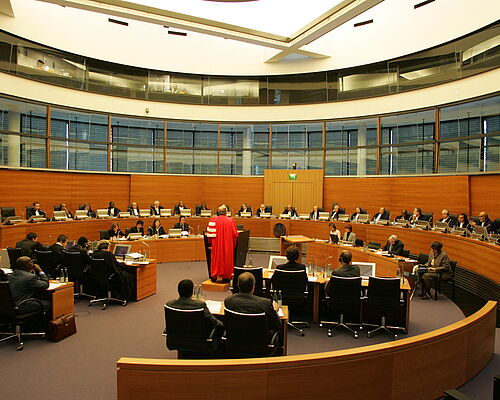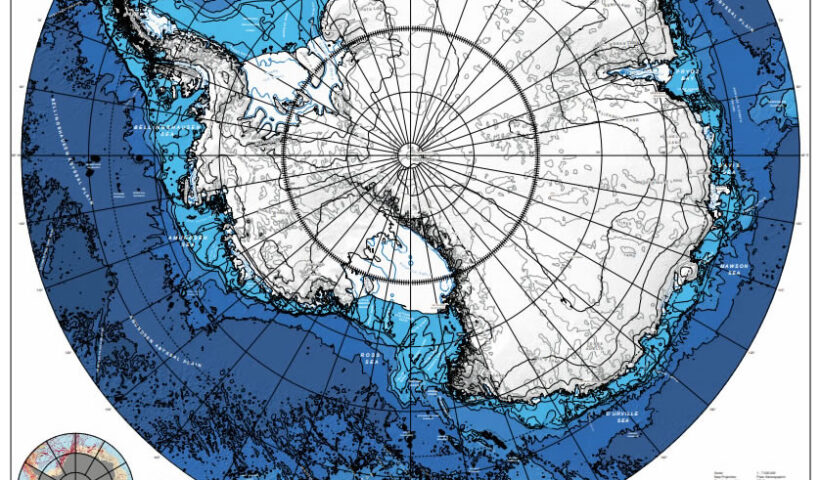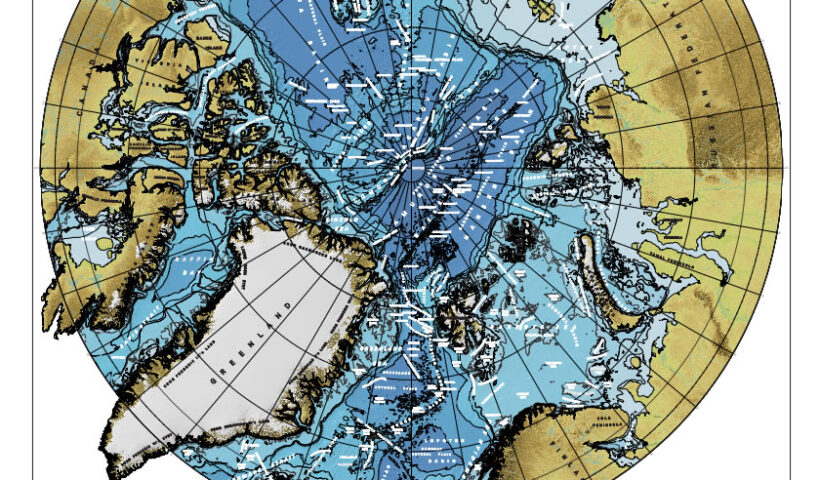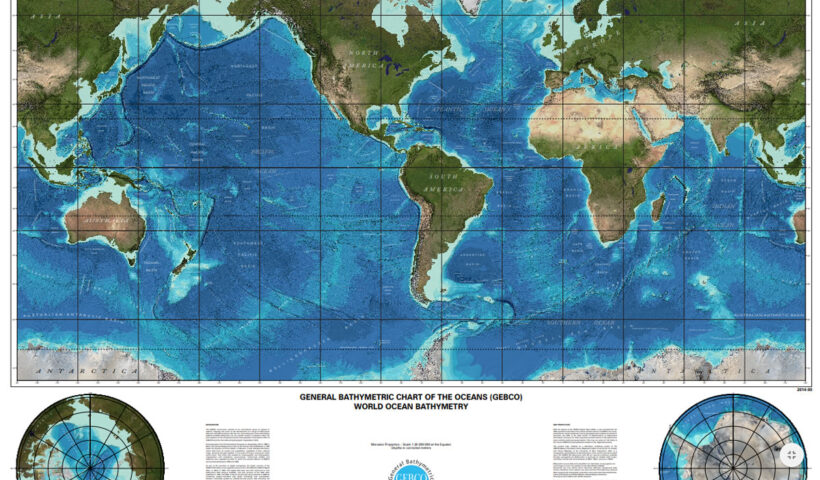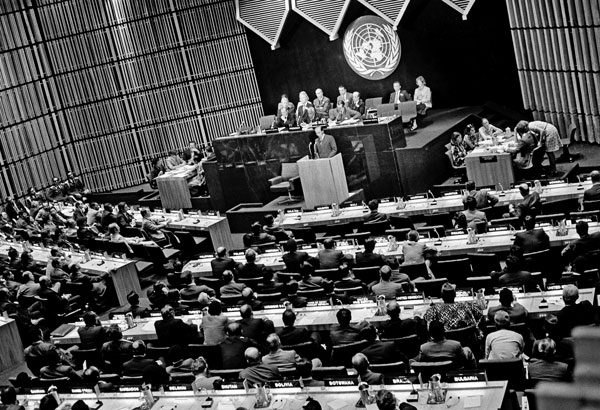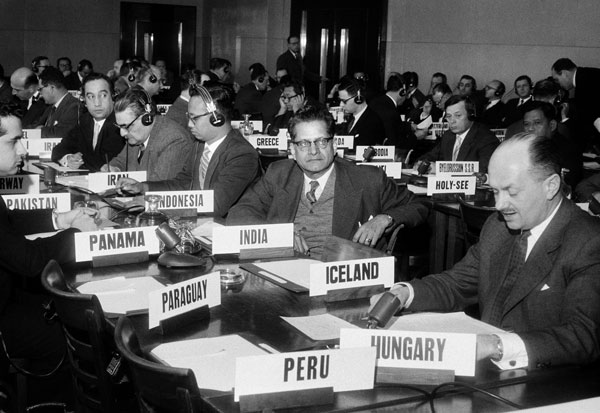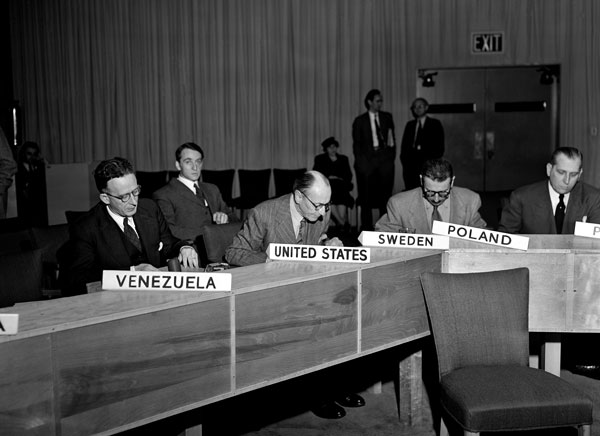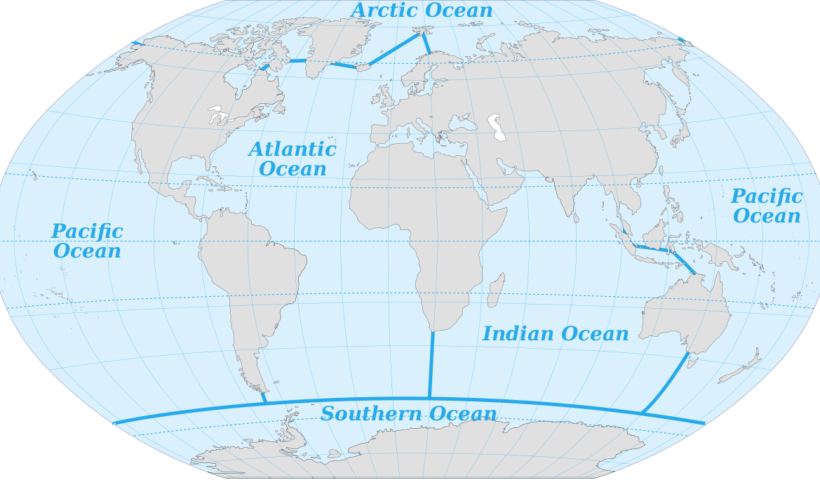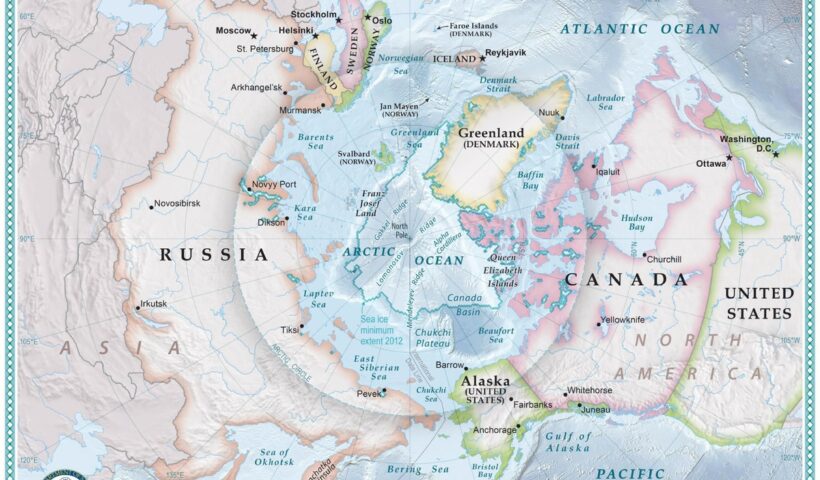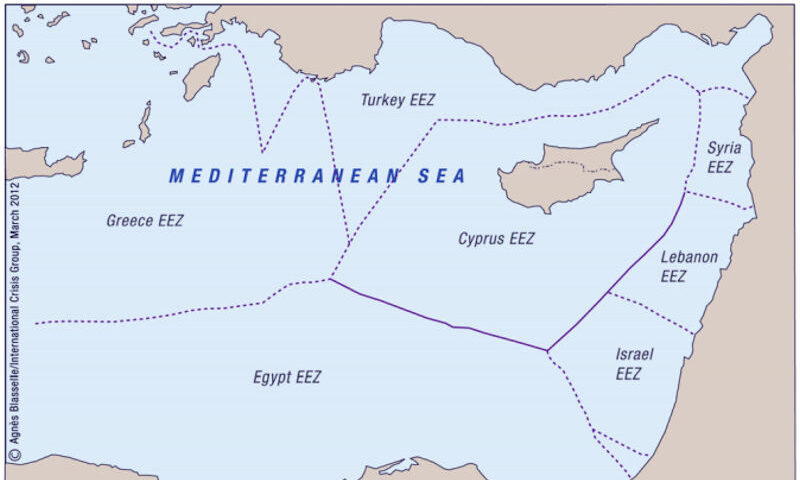STATE CLAIMS IN SUBSTANTIAL CONFORMITY WITH ARTICLE 4 (LOSC ARTICLE 7), Norway, Sweden, and Finland cases, Finland, LOSC, Norway, Sweden
View More STATE CLAIMS IN SUBSTANTIAL CONFORMITY WITH ARTICLE 4 (LOSC ARTICLE 7), Norway, Sweden, and Finland casesCategory: events and knowledge
legal issues and marine laws of mainland China and Taiwan
legal issues and marine laws of mainland China and Taiwan, China, continental shelf, exclusive economic zone, LOS Convention, Taiwan, Yellow Sea
View More legal issues and marine laws of mainland China and TaiwanInternational Law in the South China Sea
International Law in the South China Sea, artificial islands, Commission on the Limits of the Continental Shelf, contiguous zone, continental shelf, Convention on the Continental Shelf, Convention on the High Seas, Convention on the Territorial Sea, EEZ, exclusive economic zone, internal waters, ISLANDS, low-tide elevations, maritime zones, rocks, south china sea, South China Sea dispute, UNCLOS I, UNCLOS II, UNCLOS III
View More International Law in the South China SeaHistory of the South China Sea Disputes, facts and legal approach
History of the South China Sea Disputes, facts and legal approach, South China Sea Disputes
View More History of the South China Sea Disputes, facts and legal approachITLOS and its structure, duties, Composition,jurisdiction, competence and authorities
ITLOS and its structure, duties, Composition,jurisdiction, competence and authorities, International Tribunal for the Law of the Sea, ITLOS, United Nations Convention on the Law of the Sea
View More ITLOS and its structure, duties, Composition,jurisdiction, competence and authoritiesInternational Bathymetric Chart of the Southern Ocean (IBCSO)
International Bathymetric Chart of the Southern Ocean (IBCSO), Bathymetric Chart, Southern Ocean
View More International Bathymetric Chart of the Southern Ocean (IBCSO)International Bathymetric Chart of the Arctic Ocean (IBCAO)
International Bathymetric Chart of the Arctic Ocean (IBCAO), Arctic Ocean, Bathymetric Chart
View More International Bathymetric Chart of the Arctic Ocean (IBCAO)GEBCO world map via superzoom capability and world’s ocean floor
GEBCO world map via superzoom capability and world’s ocean floor, colour map, map, ocean floor, world map
View More GEBCO world map via superzoom capability and world’s ocean floorThe Third UN Conference on the Law of the Sea (1973–1982)
After several revisions of the Texts, the Draft Convention on the Law of the Sea was adopted at the resumed tenth session on 28 August 1981. At the eleventh session, a number of changes and amendments were made to the final text of the Convention in order to accommodate the concerns of the United States. Nevertheless, the United States did not support the adoption of the Convention by consensus or without a vote, requesting a recorded vote. Consequently, the consensus procedure was abandoned in the final stage of UNCLOS III. The LOSC was finally adopted on 30 April 1982 by 130 in favour, 4 against, with 18 abstentions and 18 unrecorded. The Convention was opened for signature on
10 December 1982.. The Third UN Conference on the Law of the Sea (1973–1982), Arvid Pardo, marine issues, Third UN Conference on the Law of the Sea (1973–1982), UN General Assembly Resolution 2340 (XXII), UNCLOS III
The Second UN Conference on the Law of the Sea (1960)
On 17 March 1960, the Second UN Conference on the Law of the Sea (UNCLOS II) was convened in Geneva in order to discuss the outer limit of the territorial sea as well as the fishery zone. Eighty-eight States participated in the Conference. . The Second UN Conference on the Law of the Sea (1960), exclusive fishery zone (EFZ), Second UN Conference on the Law of the Sea (1960), UNCLOS II
View More The Second UN Conference on the Law of the Sea (1960)The First UN Conference on the Law of the Sea (1958)
the ILC came to wrestle with the codification of the law of the sea. The ILC, established by the UN General Assembly in 1947, aims to promote the progressive development of international law and its codification. This body commenced its work on the codification of the law of the sea at its first session in 1949, and J. P. A. François was appointed as the special rapporteur on the regime of the high seas. In its eighth session in 1956, the ILC submitted its final report on ‘Articles Concerning the Law of the Sea’ to the UN. This report provided the basis for the work at the First UN Conference on the Law of the Sea (UNCLOS I).
UNCLOS I was convened in Geneva on 24 February 1958, and eighty-six States participated. UNCLOS I successfully adopted four conventions and an optional protocol on dispute settlement:
(i) The Convention on the Territorial Sea and the Contiguous Zone,
(ii) The Convention on the High Seas,
(iii) The Convention on Fishing and Conservation of the Living Resources of the High Seas,
(iv) The Convention on the Continental Shelf, and
(v) The Optional Protocol of Signature Concerning the Compulsory Settlement of Disputes. The First UN Conference on the Law of the Sea (1958), continental shelf, Convention on Fishing and Conservation of the Living Resources of the High Seas, Convention on the Continental Shelf, Convention on the High Seas, Convention on the Territorial Sea and the Contiguous Zone, ILC, marine living resources, offshore, Optional Protocol of Signature Concerning the Compulsory Settlement of Disputes, Proclamations on the Continental Shelf and on Fisheries, UN Conference on the Law of the Sea (1958)
The Hague Conference for the Codification of International Law (1930)
The first intergovernmental attempt to codify the law of the sea was the 1930 Hague Conference for the Codification of International Law. The Hague Conference was instigated by the League of Nations between 13 March and 12 April 1930, and was attended by forty-seven governments and an observer, i.e. the USSR. The Conference aimed to codify international law concerning three subjects, namely nationality, State responsibility and territorial waters. With regard to territorial waters, two issues, among various issues discussed at the Conference, are of particular interest: the nature of the rights possessed by a State over its territorial sea, and the breadth of the territorial sea.
. The Hague Conference for the Codification of International Law (1930), Codification of International Law, customary law, Hague Conference, Scandinavian countries, territorial waters
the view on the some Paradigms in the Law of the Sea
The first paradigm, i.e. the law of the divided oceans, rests on the Westphalian conception of international law stressing the safeguarding of State sovereignty. It aims to reconcile individual interests of States in each jurisdictional zone. In this sense, the State may be regarded as the primary subject of the law of the divided oceans. The spatial ambit of each jurisdictional zone is in principle defined spatially, based on distance from the coast, irrespective of the nature of the ocean and the natural resources within it.. the view on the some Paradigms in the Law of the Sea, Common Ocean, Divided Oceans, international community, law of the sea
View More the view on the some Paradigms in the Law of the SeaMarine fauna in the arctic
Marine fauna in the arctic, Arctic Circle, Arctic Ocean, homoiothermic, mammals, marine Arctic, marine Arctic flora and fauna, Marine fauna
View More Marine fauna in the arcticwhat is Terrain of the Arctic ?
what is Terrain of the Arctic ?,
View More what is Terrain of the Arctic ?OECD REPORT LAUNCH: THE ECONOMIC BENEFITS OF AIR QUALITY IMPROVEMENTS IN ARCTIC COUNCIL COUNTRIES
OECD REPORT LAUNCH: THE ECONOMIC BENEFITS OF AIR QUALITY IMPROVEMENTS IN ARCTIC COUNCIL COUNTRIES, ARCTIC COUNCIL, ECONOMIC BENEFITS, OECD, OECD report
View More OECD REPORT LAUNCH: THE ECONOMIC BENEFITS OF AIR QUALITY IMPROVEMENTS IN ARCTIC COUNCIL COUNTRIESPhysical Geography of arctic and its land
Physical Geography of arctic and its land, Angaran Shield, arctic, Baltic, Hercynian elements, land, northern Urals, Queen Elizabeth Islands, Severnaya Zemlya, Taymyr Peninsula
View More Physical Geography of arctic and its landwhere is arctic and who we can going on there?
where is arctic and who we can going on there?, animals, arctic, Earth, ecosystems
View More where is arctic and who we can going on there?Legal Aspects of Inter-State Maritime Delimitation in the Eastern Mediterranean Basin
Legal Aspects of Inter-State Maritime Delimitation in the Eastern Mediterranean Basin, Are There Laws on the High Seas?, Can you do drugs in international waters?, Can you do whatever you want in international waters?, Definition of High Sea, freedom of high seas, High seas, high seas definition unclos, high seas map, high seas meaning, high seas meaning in business, high seas meaning in law, International waters, International Waters Laws, International waters map, Mare liberum, Territories & Zones, trans-boundary waters, What do you know about international waters?, What is legal in international waters?, What Laws Apply In International Waters?, Where are international waters?, Where are the high seas?, Where do international waters begin?, Why is it called high seas?
View More Legal Aspects of Inter-State Maritime Delimitation in the Eastern Mediterranean BasinThe Development of the Law of the Sea by the International Court of Justice
The Development of the Law of the Sea by the International Court of Justice, baselines, development of international law, ICJ, International Court of Justice, law of the sea, lawmakers, maritime delimitation, transit passage, United Nations Convention on the Law of the Sea
View More The Development of the Law of the Sea by the International Court of Justice
